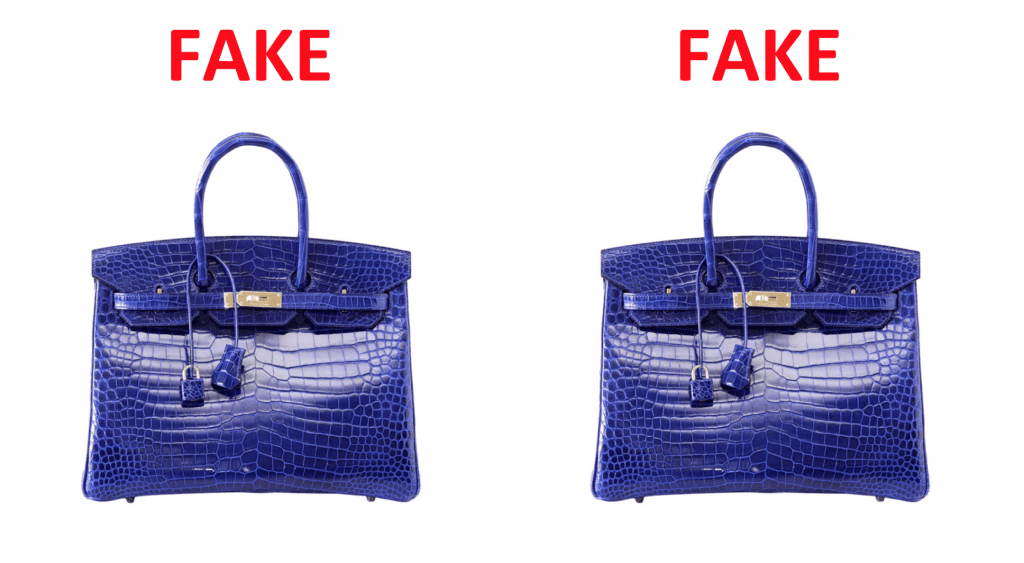“Virtually all industry sectors are prone to counterfeiting,” the Organization for Economic Co-operation and Development (“OECD”) and the European Union Intellectual Property Office (“EUIPO”) revealed in a newly-published report focused on trends in counterfeiting. Within those sectors, though, including fashion, in particular, is a budding new trend that is seeing counterfeiters, largely in China, increasingly looking to ways to get fakes in the hands of consumers without interference from government officials.
A growing number of counterfeit sellers are swapping traditional, large-scale methods of transportation, such as via container ship, in favor of smaller – less obvious – methods. To be exact, they are looking to the mail – and express couriers, such as UPS, FedEx, and DHL – to send smaller qualities of goods as a way to evade detection by Customs agents. And to a large extent it is proving effective.
According to the joint OECD and EUIPO report, “One of the areas that has garnered increased attention in recent years has been the use by counterfeiters and other illicit traders of small shipments to cloak their activities.” While “in terms of value,” the two entities note, “counterfeits transported by container ship clearly dominated, in terms of number of seizures, trafficking fakes by small parcels – shipped either through postal or express services – is growing, becoming a significant problem in terms of enforcement.”
Some “84 percent of seized shipments of counterfeit footwear, and 77 percent of sunglasses … were sent by postal parcel or express shipment.” This is also the case, per the report, “for more than 63 percent of customs seizures of counterfeit watches, leather articles and handbags, and jewelry.”
Unlike the more traditional cross-border mass shipping, which comes with “information, such as ship manifests and the supporting role of customs brokers,” the sending of counterfeits in small quantities – i.e., ten items or less – by mail or express courier is far more elusive. According to the report, “Only simplified documentation is required to send small volume items shipped by post,” and even that information, which is “provided by the sender, may contain errors, deliberate misrepresentations, or constitute fraud.”
The OECD and EUIPO stated, “Trade in counterfeit goods represents a longstanding, and growing, worldwide socio- economic risk that threatens effective public governance, efficient business and the well-being of consumers. At the same time, it is becoming a major source of income for organized criminal groups.”
“It also damages economic growth, by greatly affecting business revenue and undermining their incentive to innovate,” they say.











